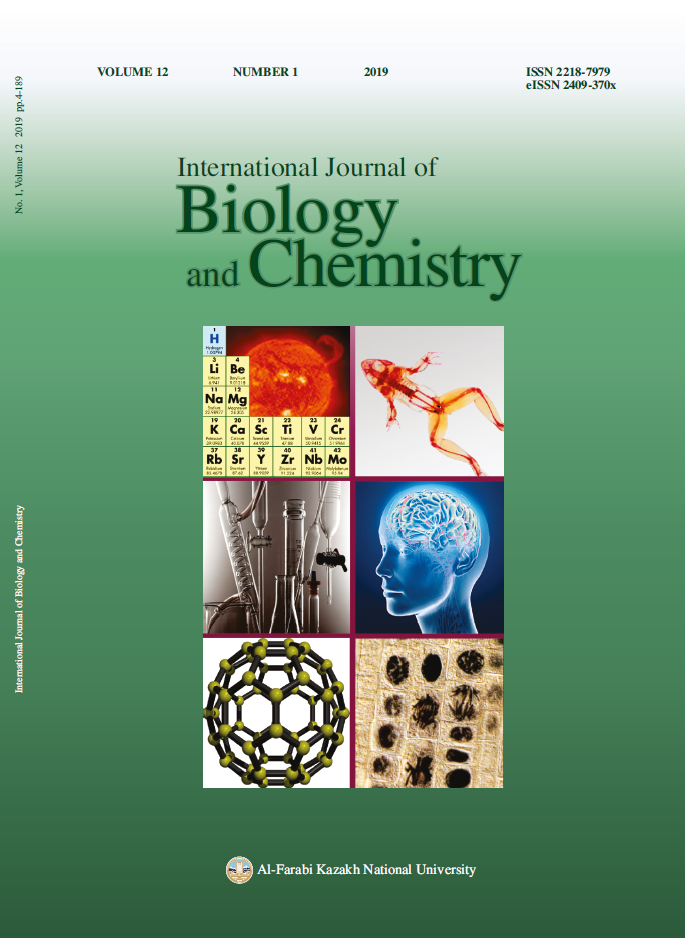Isolation and characterization of camel milk proteins
DOI:
https://doi.org/10.26577/ijbch-2019-i1-2Abstract
Camel milk is an important constituent of Kazakh diet. Populaces of several regions of the country used camels as one of the basic sources of nutrients for many centuries. Camel milk contains high amounts of the immune-active proteins – lysozyme, lactoferrin, lactoperoxidase, immunoglobulins. It is also rich in vitamin C. Like any other, camel milk is highly perishable, with losses occurring during work at farm and under industrial conditions. These losses can be associated with challenges in preservation of the camel milk caused by the inability to process it into the shelf-stable products. The process of freeze-drying may be applied in order to retain the nutritional properties as well as technical and functional characteristics of the camel milk. Assessment of the effects of the isolation procedure and following freeze-drying on the mass yield of dry camel milk caseins and whey proteins could be interesting in order to get consolidated processes, which may further be transferred to an industrial level. These findings will play a central role in future freeze-drying operations since the retention of important nutritional components is an important part of food processing. In order to reveal the possible hurdles and to get a consolidated procedure to produce functional foods for different purposes, it is important to study the preceding data on isolation and preservation of camel milk proteins, as well as study their characteristics.
Downloads
How to Cite
Issue
Section
License
ааа





